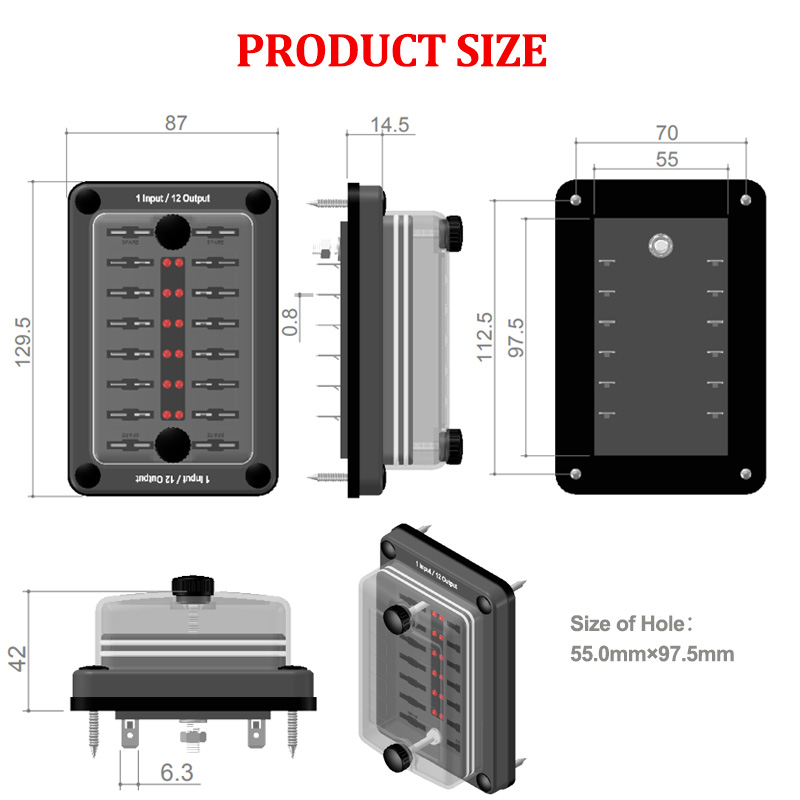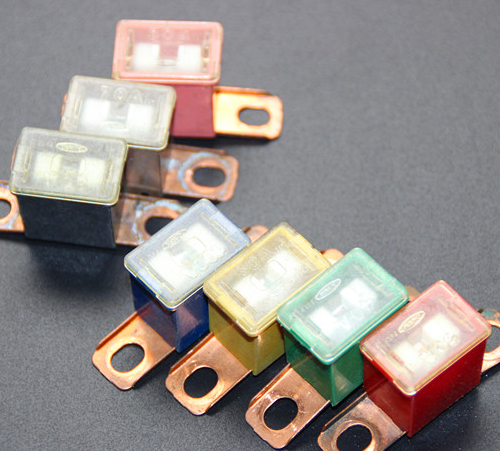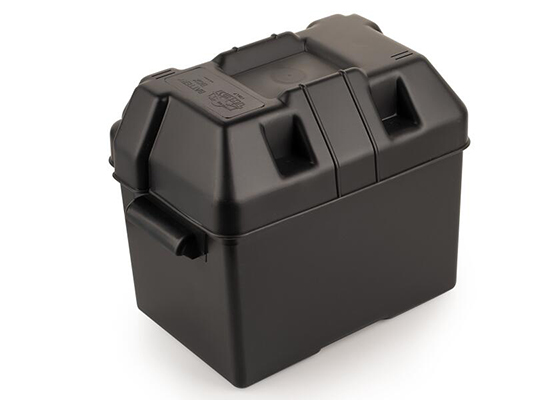Comprehensive Guide to Safely Routing Wires for Automotive Fuse Holders and Preventing Damage
News 2025-10-20
Routing wires for a car fuse holder is essential in automotive electrical work to ensure system reliability and safety. Fuse holders protect circuits from excessive current, but improper wire routing can lead to shorts, overheating, or failures. Common applications include installing aftermarket electronics, upgrading lighting systems, or performing routine vehicle maintenance. By following proper techniques, you can enhance the longevity of your electrical components and reduce the risk of costly repairs. This guide provides practical advice based on industry standards to help both professionals and DIY enthusiasts.

Key Risks in Wire Routing
In automotive settings, wires face challenges like vibration, heat, and moisture that can cause damage if not addressed. Poor routing might result in chafing against sharp edges or exposure to engine heat, leading to insulation breakdown and potential fires. Understanding these risks is crucial for applications in high-performance vehicles or daily drivers, where reliability is paramount. By identifying hazards early, you can select routing methods that maintain performance and safety, ensuring wires handle the demands of dynamic environments without compromising electrical integrity.
Choosing Optimal Materials for Durability
Selecting the right wires and accessories is foundational for effective routing. Opt for stranded copper wires with high-temperature insulation to withstand automotive conditions, providing better flexibility and resistance to fatigue. Fuse holders should match the wire gauge to prevent loose connections that could cause arcing or heat buildup. In scenarios like off-road vehicles or custom builds, use abrasion-resistant sleeving or conduits to protect against environmental factors. This approach not only boosts performance by reducing signal loss but also extends component life, making installations more efficient and cost-effective in the long run.
Effective Routing Techniques and Best Practices
Implement routing strategies that prioritize safety and functionality. Always direct wires away from moving parts, exhaust systems, and areas with high vibration to avoid wear. Secure wires using cable ties or clamps at regular intervals to minimize movement-induced damage. For fuse holder setups, ensure paths allow for natural vehicle flex without straining joints, using bends with generous radii to prevent wire fatigue. In practical applications such as audio system integrations or accessory additions, these methods improve electrical flow and reduce failure rates, enhancing overall system performance and user confidence.
Frequently Asked Questions
1. What wire gauge is best for car fuse holders?
Answer: Select based on current needs; for instance, 14 AWG for circuits up to 15 amps ensures safe current flow without overheating.
2. How can I protect wires from heat and vibration?
Answer: Use heat-shrink tubing and mount wires with vibration-dampening fasteners to shield against thermal and mechanical stress.
3. Is it necessary to use automotive-grade wires?
Answer: Yes, they are designed for harsh conditions, unlike household wires, which can fail quickly and pose safety risks.


